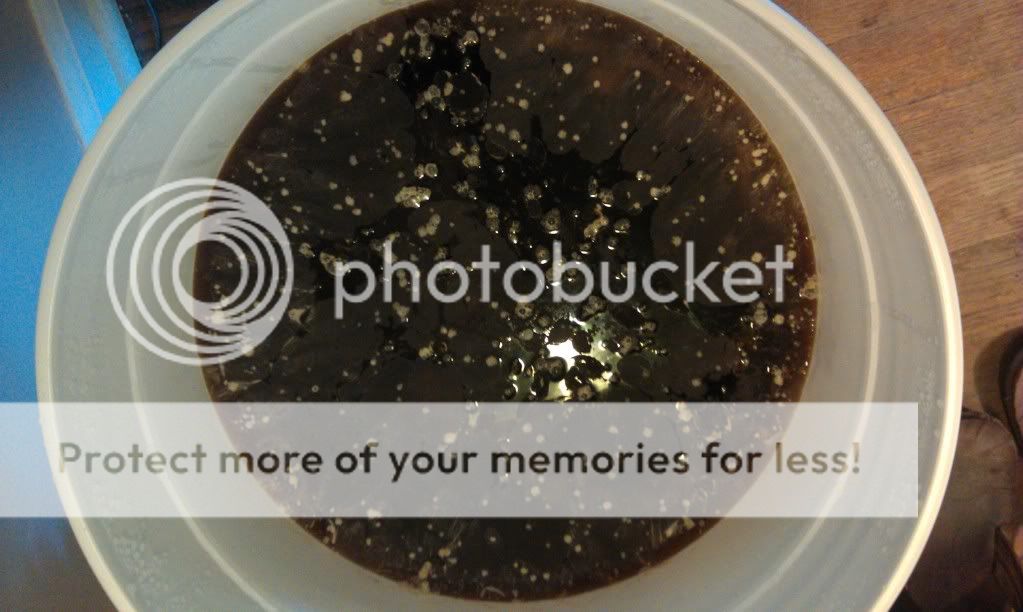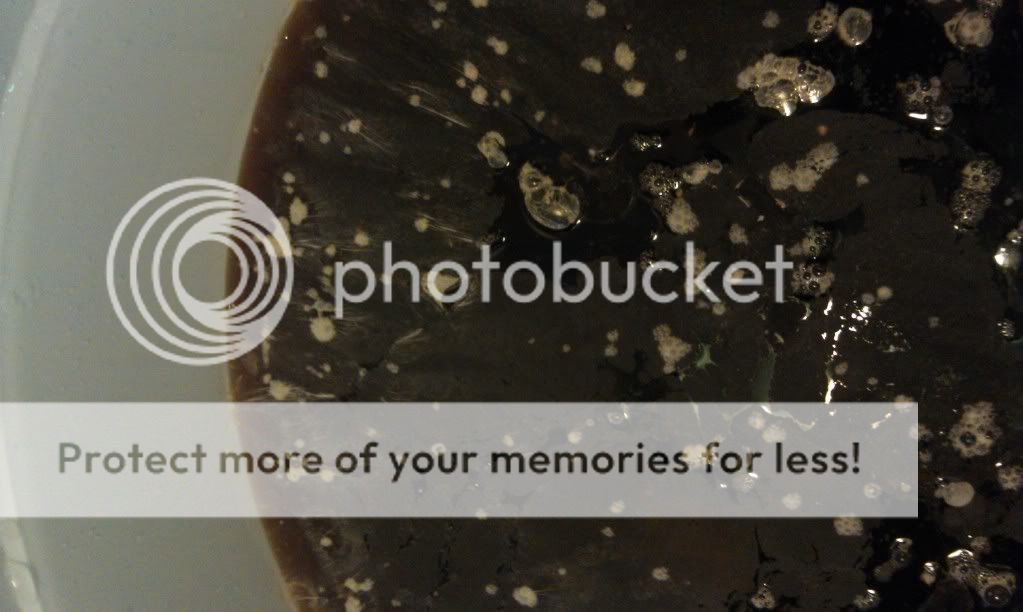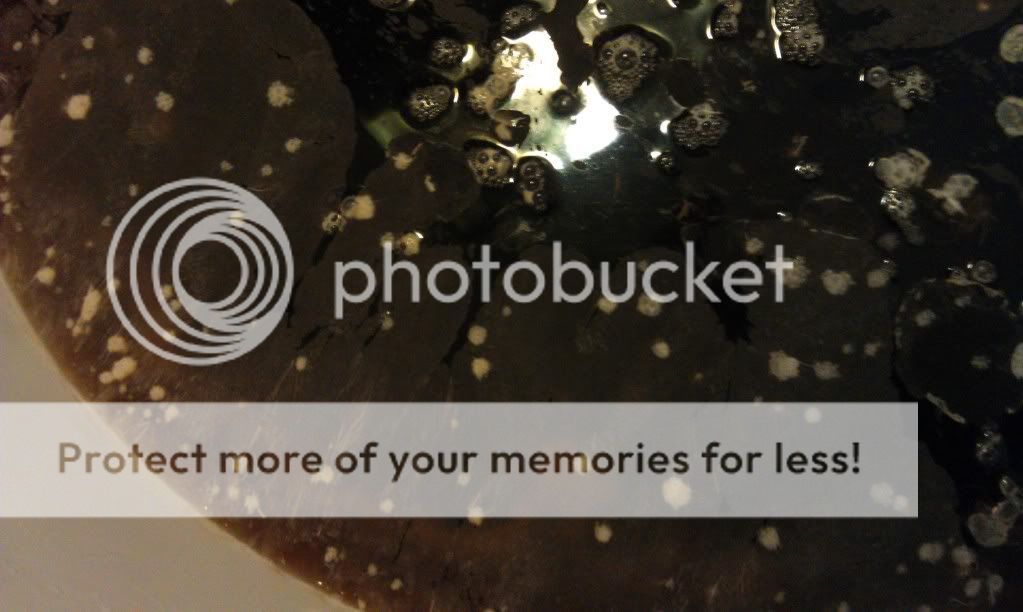Referencing this thread:
https://www.homebrewtalk.com/f39/need-opinion-asap-236026/
Still hanging out at 1.020. I went to the lhbs today and the owner suggested repitching yeast and using the partially fermented wort. So I just did but now I don't know if I should aerate it. Seems like I should since I'm trying to get this going again but I'm not sure.
Also, when I pour the starter in, do I still need to minimize splashing to protect from oxidation?
https://www.homebrewtalk.com/f39/need-opinion-asap-236026/
Still hanging out at 1.020. I went to the lhbs today and the owner suggested repitching yeast and using the partially fermented wort. So I just did but now I don't know if I should aerate it. Seems like I should since I'm trying to get this going again but I'm not sure.
Also, when I pour the starter in, do I still need to minimize splashing to protect from oxidation?





